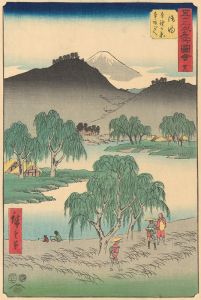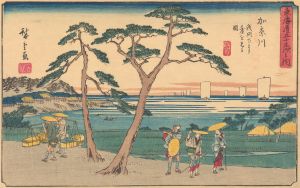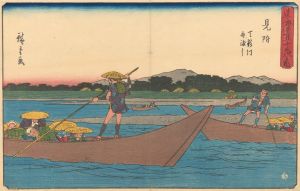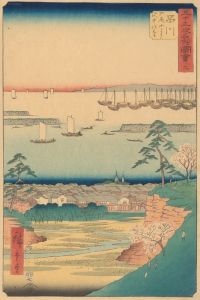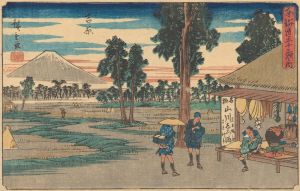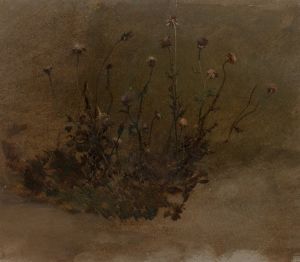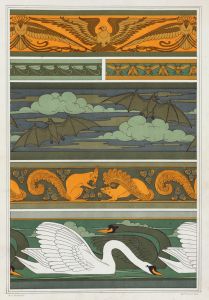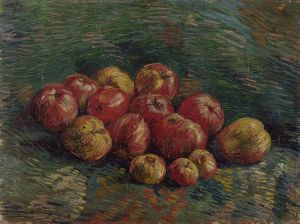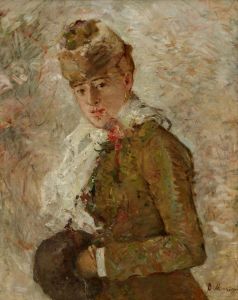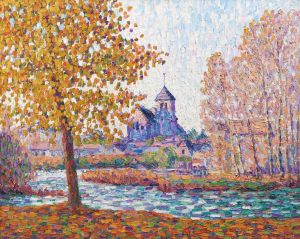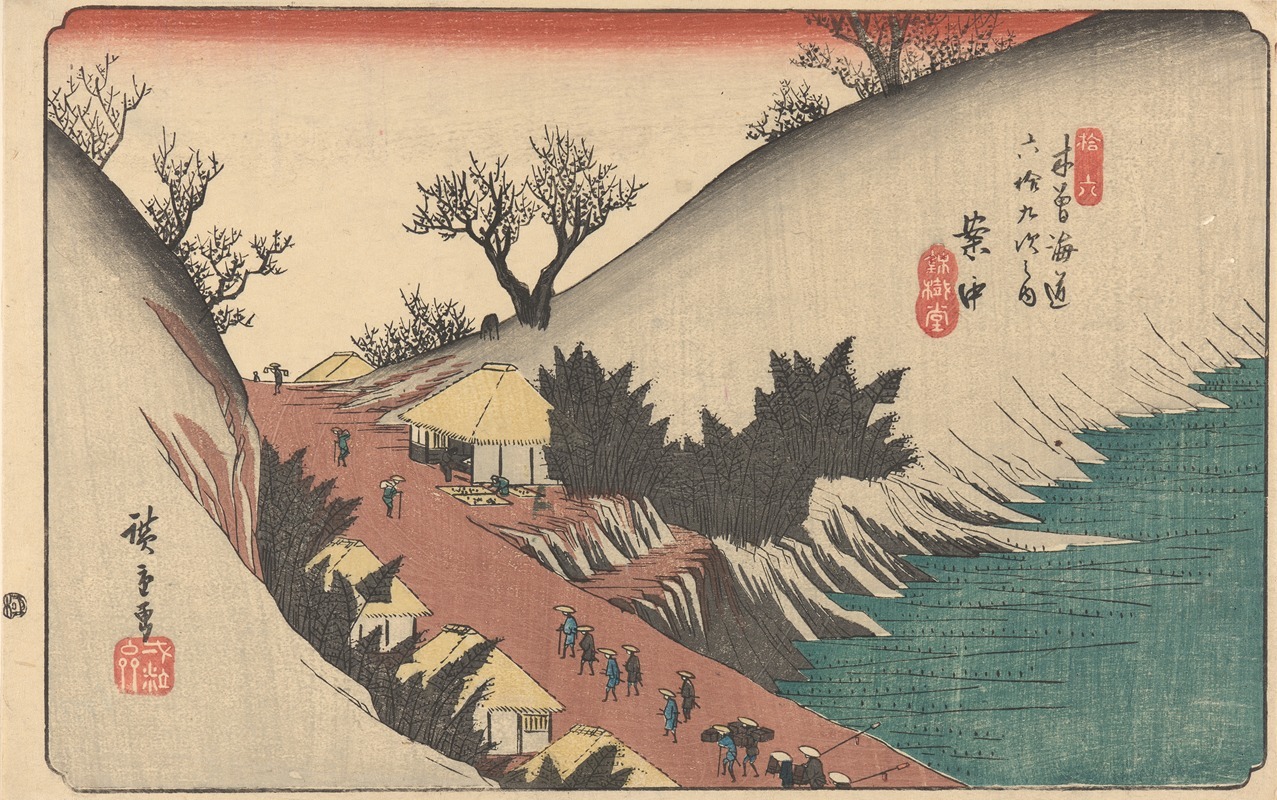
Annaka
A hand-painted replica of Andō Hiroshige’s masterpiece Annaka, meticulously crafted by professional artists to capture the true essence of the original. Each piece is created with museum-quality canvas and rare mineral pigments, carefully painted by experienced artists with delicate brushstrokes and rich, layered colors to perfectly recreate the texture of the original artwork. Unlike machine-printed reproductions, this hand-painted version brings the painting to life, infused with the artist’s emotions and skill in every stroke. Whether for personal collection or home decoration, it instantly elevates the artistic atmosphere of any space.
Andō Hiroshige, one of the most prominent ukiyo-e artists of the Edo period in Japan, is renowned for his landscape prints, particularly those depicting the Tōkaidō road. Among his celebrated works is the series "The Fifty-three Stations of the Tōkaidō" (Tōkaidō Gojūsan-tsugi), which illustrates the post stations along this historic route connecting Edo (modern-day Tokyo) and Kyoto. The print titled "Annaka" is part of this series, specifically representing the Annaka-juku, the 16th station on the Nakasendō, another important route of the Edo period.
"Annaka" captures the essence of the station and its surrounding landscape, showcasing Hiroshige's masterful ability to blend natural scenery with human activity. The composition typically includes travelers, local residents, and the natural environment, reflecting the daily life and atmosphere of the area during the Edo period. Hiroshige's use of vibrant colors, intricate details, and dynamic perspectives brings the scene to life, offering viewers a glimpse into 19th-century Japan.
The Nakasendō, which translates to "Central Mountain Route," was one of the five major roads established by the Tokugawa shogunate to facilitate travel and communication across Japan. Unlike the coastal Tōkaidō, the Nakasendō passed through mountainous terrain, and Annaka-juku served as a vital rest stop for travelers. Hiroshige's depiction of Annaka likely highlights the station's role as a hub for commerce and travel, as well as its picturesque surroundings.
As with other prints in the series, "Annaka" reflects Hiroshige's innovative approach to ukiyo-e. He employed techniques such as bokashi (gradation of color) to create depth and atmosphere, and his keen observation of nature and human activity imbues the work with a sense of realism and charm. The print is part of a larger body of work that not only celebrates the beauty of Japan's landscapes but also serves as a historical record of the country's travel infrastructure during the Edo period.
Hiroshige's "Annaka" remains an important example of his artistic legacy and continues to be appreciated for its aesthetic and historical significance. The print is often studied alongside other works in "The Fifty-three Stations of the Tōkaidō" series, which collectively represent a pinnacle of ukiyo-e landscape art.





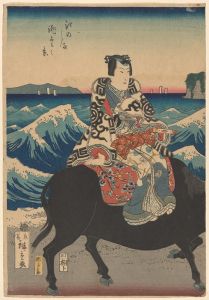
![Tora-no-mon-gai; Aoi Hill, Outside the Tiger Gate [Tora-no-mon]](/imgs/213040/s/ando-hiroshige-toranomongai-aoi-hill-outside-the-tiger-gate-toranomon-6629cde0.jpg)
